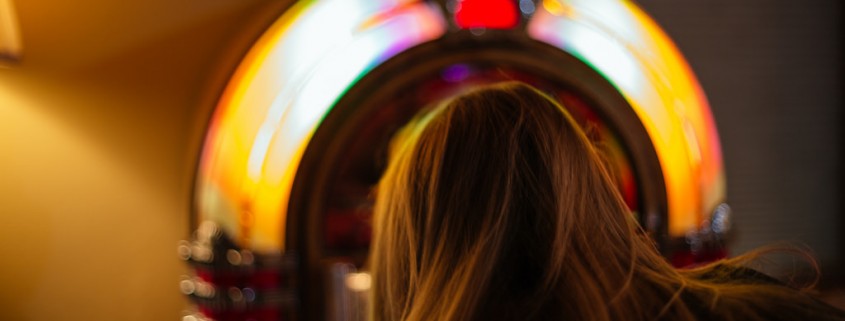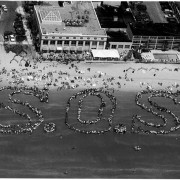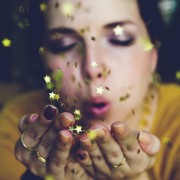Rosy Red Magic Box
There were only a few hundred thousand jukeboxes scattered around the United States prior to World War II. In North and South Carolina they were few and far between. They waited to be played in the well-lighted basements of country clubs, in drug stores near soda fountains and on the decks of public swimming pools. In hot southern farm towns, jukeboxes were the star attractions at teenage “canteens.” Along the coast, where the early Shaggers vacationed, these magical boxes stood on the patios of isolated beach pavilions. The ocean front jukes glowed in the dark, soft yellow and rosy red, as wondrous and compelling as the flames of an open fire.
The were primarily Wurlitzer, Seeburg and Rock-ola designs, delicate, almost fragile things, near miracles of twentieth century engineering. You dropped your nickel in, punched a selection, and watched the old 78 rpm platters rotate. The sound was activated by a toned arm needle of steel. Before the music started, you heard the static sound of “Shhhhhhhhhhh,” like a young school teacher with great dancer’s legs, calling the class to be quiet.
The recordings made available on jukeboxes, to a large extent, determined the styles of dance the kids adopted. Tunes that played on Victrolas in the home were often chosen by conservative, even pious mothers and fathers. Outside the home, jukeboxes exemplified democracy and gave young people the musical vote.
The Shag got its start while music was still a sleepy chaperon of youth in the South. The desires and impatience of youth eloped with the jukebox.
Photo credit: Schill









